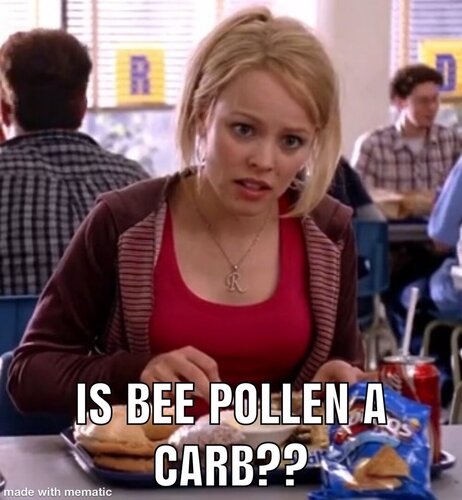Lennoncham
Chameleon Enthusiast
Well this thread went down hill.
when I first started researching chameleons and “gutloading” insects my understanding was that you feed the bugs whatever (but still good food) but then 24 hrs before feeding them to your chameleon you feed them a “gutload” so they would have that food conating the nutrients in their gut (as the word suggests) to pass onto the chameleon.
people used to recommend having 2 bins. 1 with the main bug colony and 1 with bugs that you gutload before feeding off. I used to do this but now I just feed them good food all the time.
I actually agree with @PetNcs here that the term “gutloading” is misleading and suggest that that you are trying to pass on the stomach contents.
when I first started researching chameleons and “gutloading” insects my understanding was that you feed the bugs whatever (but still good food) but then 24 hrs before feeding them to your chameleon you feed them a “gutload” so they would have that food conating the nutrients in their gut (as the word suggests) to pass onto the chameleon.
people used to recommend having 2 bins. 1 with the main bug colony and 1 with bugs that you gutload before feeding off. I used to do this but now I just feed them good food all the time.
I actually agree with @PetNcs here that the term “gutloading” is misleading and suggest that that you are trying to pass on the stomach contents.







